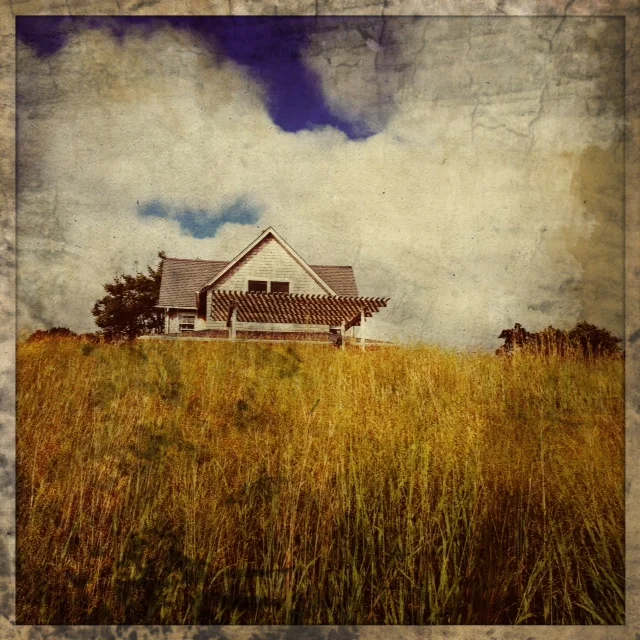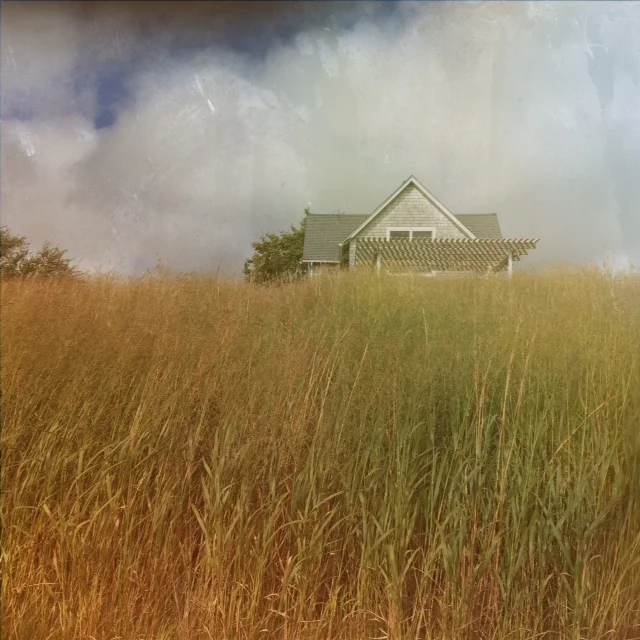A Color Labyrinth






Numerous studies show how our response to colors goes beyond esthetic preferences. As human beings we have a limited range of colors we can perceive. Much is also determined by language. (Think of how many words exist in the languages of the Arctic people for the color white. Subtleties exist for them we may not even perceive because of English.)
Recently, I’ve been pondering how our emotional and psychological state of the moment affects how we experience a color. The reverse of course is true as well: colors affect our mood. They resonate with us in countless ways. And, according to some research, we are hard-wired for being drawn to certain colors and repelled by others. Of course, this happens very soon in life: children already know their favorites — and these often change through time. (As an 8 year old I used to gravitate towards pink. Only lately am I being so "brave".) Fads such as a black in fashion can also guide our preferences, many times on an unconscious basis.
For centuries, artists and scientists have been fascinated by the connection between color and emotion. The book, “Theory of Colours” by Johann Wolfgang von Goethe published in 1810, greatly influenced much of what we know about color, forming the basis for future research. Goethe also published one of the first color wheels while exploring psychological impact. Neurologists such as Oliver Sacks have taken this forward thanks to technological brain mapping devices. The same goes for how our brains respond to music.
The French poet, Arthur Rimbaud became fascinated with “color synesthesia”. His poem “Voyelles”, or "Vowels", (http://www.doctorhugo.org/synaesthesia/rimbaud.html) features a vowel in each line created in a particular color. Color synesthesia not an uncommon phenomenon. For some individuals the very perception of letters, and, in some cases, numbers, is associated with a very concrete and involuntary color experience. In addition, while two synesthetes may see a specific letter in a different color there are often parallels. Apparently the letter A is often seen in red.
The writer Patricia Duffy recalls: "'One day,' I said to my father, 'I realized that to make an 'R' all I had to do was first write a 'P' and then draw a line down from its loop. And I was so surprised that I could turn a yellow letter into an orange letter just by adding a line.'”
Recently, while visiting friends in Marion, MA, I took a series of photos of a house framed by tall grasses and facing the sea. It was a perfect September day with the tall straw colored grasses swaying gently in the wind. Small sailboats bobbing up and down in a small cove. Idyllic. As I lay down to shoot from the ground I was reminded of Andrew Wyeth’s famous painting “Christina's World”.
Instead of using a camera I used my iPhone 6, recording the same image, albeit at times from a slightly different angle at almost exactly the same time of day. The light wasn’t changing, just an occasional cloud. Something though was changing.
What makes these photographs so one of a kind? There’s an easy answer: I used apps I recently imported into my phone after taking a class. As I’ve just begun to learn, experimenting with a whole slew of filters and effects offering a variety of colors and textures endows the original photograph with a new visual dimension. Transformed by different color hues, saturations, and textures, the same subject will evoke very different moods. Monet’s haystacks painted in various moments of the day and times of the year, are a key example.
Is using an app to re-create or enhance an image art? I’d say yes. For over a century, photographers working in a darkroom and, at times, further enhancing the images with a brush, were also taking the “original” to another level.
Not working in a darkroom but on occasion with Photoshop and more recently with a plethora of apps at my fingertips, I'm dazzled, almost overwhelmed. There’s a very immediate, perhaps too rapid, experience of “playing with” an image. While I may continue to lean towards a more classical approach which, with my own eye and lens, strives to unveil what is before me, experimenting can only lead to a more expanded vision.



